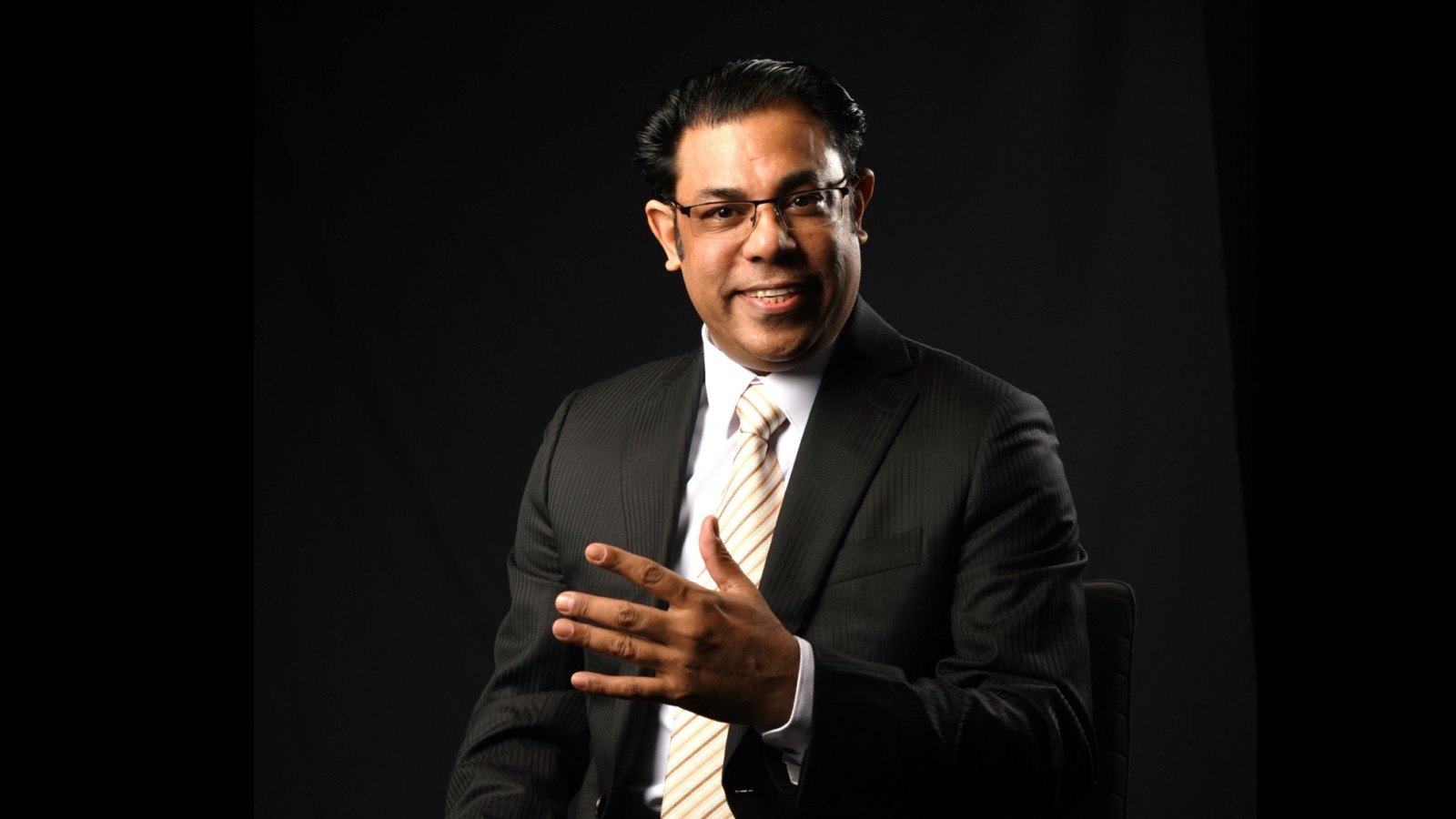Lately, a burning question has been raised in several forums, panels, leading conferences and books – “What mindsets, skills or changes do leaders, managers, and employees need to keep businesses competitive during in the new normal in the post-pandemic era?”
The COVID-19 pandemic has been eye-opening. Most traditional methods, followed by various businesses, have been turned upside down. What used to work for years did not seem to be enough to sustain at the time of this crisis. As a result, not all organizations and businesses could successfully navigate the waters amidst the sudden impacts of the pandemic. Many of them have lost revenues, customers, market positioning and even resources. As we approach post-pandemic recoveries, the critical challenge here is how business owners and leaders can quickly recover the losses and re-establish themselves in the market and in the career.
This is even more challenging, given that expectations have changed throughout recent turbulent times. Business skills and mindsets that worked before the pandemic or during the pandemic might not work anymore. Not only did the pandemic over-accelerate the transformation of businesses, but it has also forced leaders, managers and employees to master those advanced skills which were earlier forecasted to be required by the workforce in the year 2025.
Therefore, the answer to the question I posed at the beginning of this article is coded in all those efforts that most organizations have implemented during the pandemic to stay afloat.
As a learning leader and performance researcher, I look for factors and drivers that drive the speed of transformation, adoption and changes. I argue that there are three critical mindsets or thinking processes leaders and employees need to master right away, as this could be the business-saver for post-pandemic recoveries. These are
1) Becoming speed-savvy
2) Mastering complex problem-solving skills
3) Learning to be empathetic
1. Becoming a Speed-Savvy Leader

Executives and leaders need to master the science of speed because “speed” is not just a competitive weapon, but it is an essential new skill for survival in the new normal. This skill includes their ability to bring a speed-savvy culture to their organizations.
In this pandemic, we have seen the first-hand value of “speed” to keep the business and operations running. Such a need was forecasted a couple of years ago in a 2017 study by Deloitte. In that study with 10000 executives, they found that agility (speed) was far more important to most executives than efficiency. However, most corporations continued to focus on efficiency, which drives harsher timelines or pushing for faster deliverables. Though it gives an immediate impression of speed or a sense of being fast, the truth is that it is not sustainable speed.
The true, sustainable speed is achieved when we develop our employees to deliver first-time-right, consistent, reliable and proficient performance. They need to learn new skills and master them in as short a time as possible. That pace determines the success of the individuals and the company as a whole.
This becomes a challenge because the shelf life of any new skill before the pandemic was about 12 months to 18 months. During the pandemic, however, it did not hold water. Employees faced a significant struggle in learning newer skills, new ways of doing work, and mastering never-seen-before technologies. We needed them to master those within a month or two.
In research conducted with 70 best-in-class organizations and 85 global HR leaders across 42 industries for my book “Speed Matters,” I found that time to mastery could be as long as three years in some sectors.
While on one side, shelf life is short, on the other hand, the time to mastery is equally long. It is a paradox, which cannot be solved unless the leaders learn to adopt the mindset of being “speed-savvy.” Such a thinking process would entail implementing a speed-enabling ecosystem in their settings that could support speedier employee development. The end result is to make employees proficient in a short time so that they can deliver the desired outcomes in a shorter time.
Leaders exhibit the mindset for speed by focusing on equipping employees to produce outcomes rather than training them on skills, activities, or events. Part of these strategies is to ensure employee learning during the workflow, on-the-job training using distributed systems like augmented reality, strategic use of performance support systems, replacing lengthy training cycles with technology-powered automation, among others.
2. Mastering Complex Problem-Solving

Future of jobs report by World Economic Forum predicted that in 2010 and 2015, complex problem-solving skills will be the topmost skill required by employees. In the 2020 report, the same skill was predicted to be one of the top three skills required by the year 2025.
Complex problem-solving is not a new skill, but it has become far more relevant in the current VUCA state of the world. I described this skill in detail in my book ‘Accelerating Complex Problem-Solving Skills‘ as a specialized skill that deals with unpredictable, non-linear, dynamic and multi-dimensional problems where many factors can contribute to a problem. The next-generation technologies and unforeseen situations like the pandemic demand employees to exhibit complex problem-solving skills. The functions like crisis management and business leadership during uncertainty requires a large quantum of complex problem skills.
Several skills, for instance, general problem solving, troubleshooting, decision making, are now considered the subset of complex problem-solving skills. Therefore, the new world leaders need to institute mechanisms to develop skills for themselves and their employees at an accelerated rate.
The key is to develop such skills at a faster pace is to figure out how to give the people a realistic experience of challenging cases, the way it evolves in real-time, rather than teaching them a post-mortem of a situation. While being involved in a real-time problem, it stretches their thinking with multi-sensory processing, adding to the development of such complex problem-solving skills.
3. Learning to be an Empathetic Leader

The new normal needs more of being empathetic, a subset of emotional and social intelligence, to drive more significant changes.
If we look back on how we managed our workforce during the pandemic, we would realize that the vital thread that kept the employees and managers running was their sense of connection, understanding, and empathy for each other. For instance, field staff could no longer fly to gain new skills. But they still needed to face the customers and provide the best service, as much as possible. Employees expressed inability at first, but soon we saw them being more productive than before. Something really important happened in between. It was the way managers and leaders connected with the field employees. The field employees were assured that they were not alone. The moment they saw that their managers, leaders, stakeholders, and the teams at head office thoroughly understood their challenges, these employees pushed the boundaries beyond normal.
The employees felt connected, supported, care about and understood. Leaders exhibited something called “empathy.” In the pre-pandemic days, this skill was good to have, but the increasingly remote and distributed world has made it a must-have skill.
One may argue that empathy is a way of approaching situations. However, it needs to be developed like any other professional workplace or leadership skill.
A simple statement of “we understand what you need to deliver, and we are here to help you” can make the real difference here. On top of that, when leaders and managers line up multiple avenues of support and flexible, on-demand learning and technology tools throughout their workflow to make the process of getting through their obstacles easier, they convey empathy.
If we are to stay ahead in post-pandemic efforts, all employees, the leaders, managers, and business owners would need to come across as genuinely empathetic not only for their workforce but also for the customers and society.
Endnote
As a leader, when you craft your path towards rediscovering your business positioning, these three skills can be your lifesaver. It’s a long journey, but if you are to do better in the market, you better start now.
Further Reading
Speed Matters: Why Best in Class Business Leaders Prioritize Workforce Time to Proficiency Metrics by Dr Raman K Attri https://www.amazon.com/gp/product/9811805342/
Accelerating Complex Problem-Solving Skills: Problem-Centered Training Design Methods by Dr Raman K Attri https://www.amazon.com/gp/product/9811417660/
Applied Empathy: The New Language of Leadership by Michael Ventura https://www.amazon.com/dp/1501182854/


